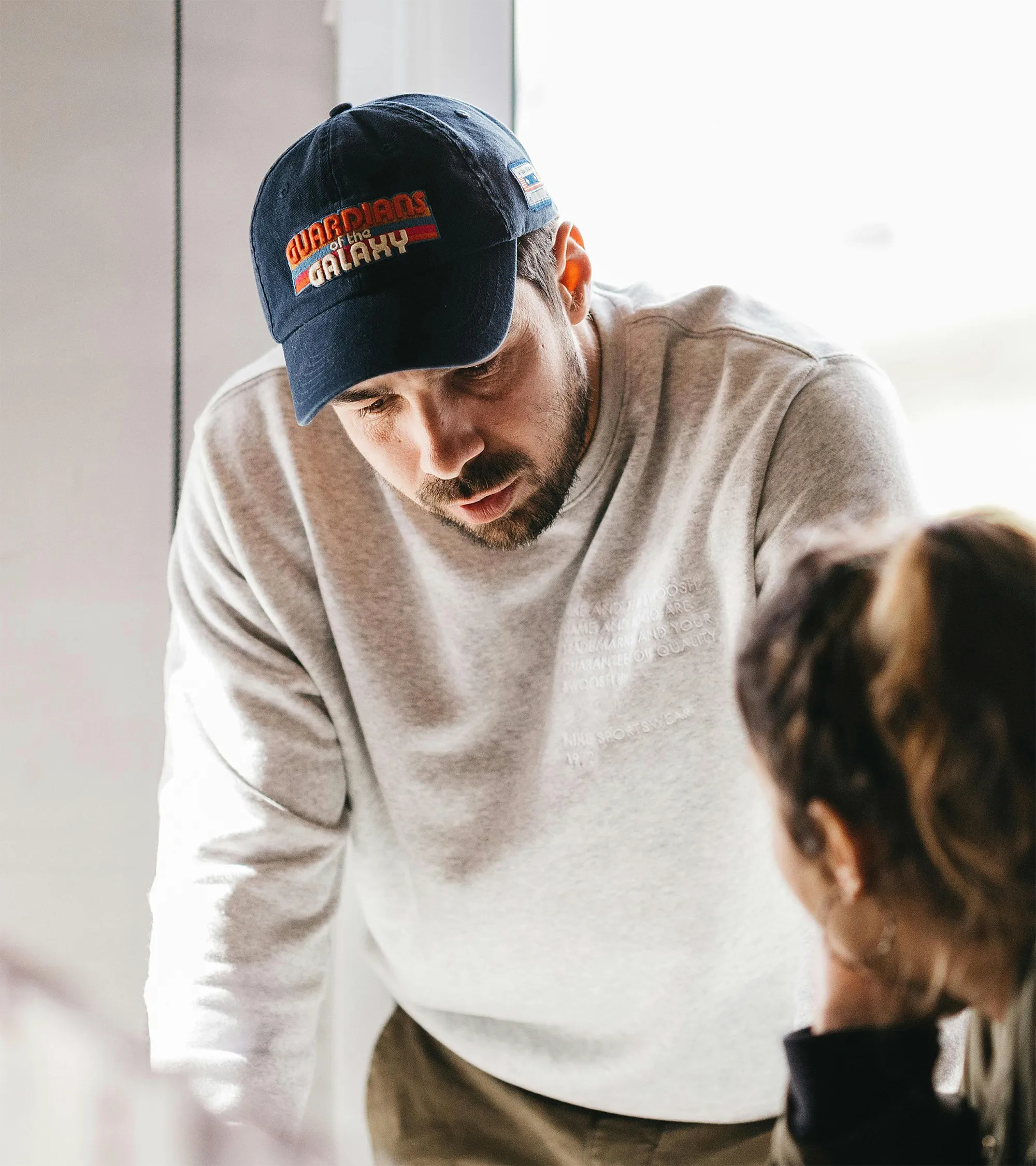


What is a brand?
It’s not your logo. It’s not your color palette. It’s not even your product. A brand is a story. It’s the cohesive, gut-level feeling that a person has about you. And in a world of infinite choice, the brand with the best story wins.
But how do you build a story? For many founders and marketers, "brand storytelling" feels like a mystical, unteachable art form. It’s something you either "get" or you don’t.
That’s a myth. After a decade of building brand narratives for everyone from scrappy startups like Moonbeam to global giants like Yelp and IAC, I’ve learned that great brand storytelling is not an accident; it’s an act of architecture. It’s a disciplined, step-by-step process of excavation and construction.
I call it the Narrative Architecture Framework. It’s a five-step playbook that I use on every project to move from a vague business idea to a powerful, resonant brand story. It’s a system designed to find your truth and tell it in a way that connects. Today, I’m going to walk you through the entire thing.
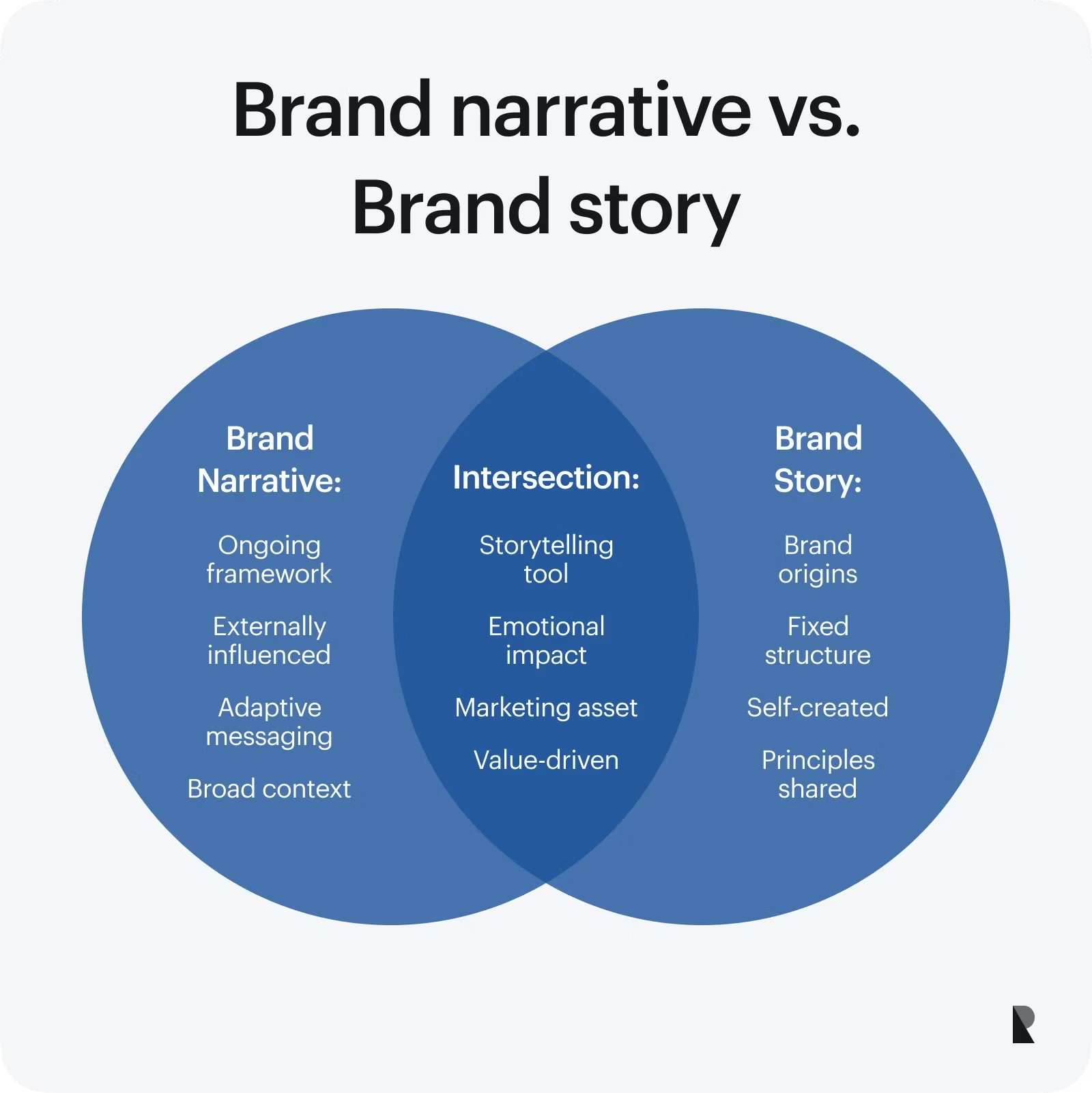
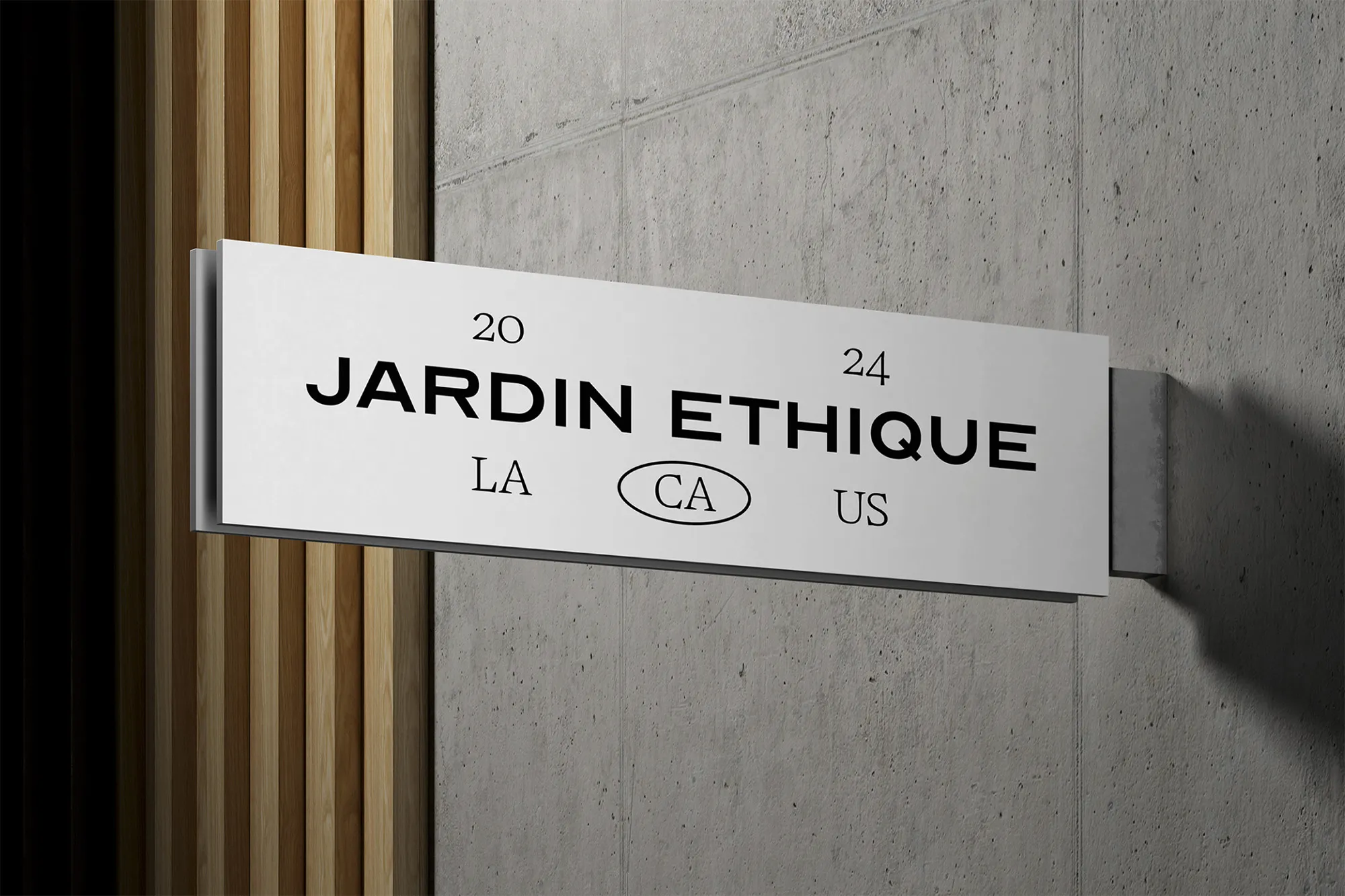
Before we get to the five steps, there’s a "Step Zero" that most people skip: You cannot create a story, you can only excavate the one that is already there. An authentic brand story is not an act of fiction. It’s an act of discovery. It’s about finding the most compelling, truthful, and resonant narrative that already exists at the core of your business.
This framework is a set of tools for that excavation.
Step 1: Define Your "Unconventional Truth"
Every great brand is built on a strong, and often slightly contrarian, point of view. I call this the "Unconventional Truth." It's the one thing you believe that your competitors do not. It’s the hill you’re willing to die on.
Your Unconventional Truth is the heart of your story. It’s the theme. Without it, you are just another commodity. This truth becomes the filter for every decision you make.
Identify Your "Enemy"
This is the most powerful step for creating immediate narrative energy. A brand that is just for something is nice. A brand that is against something is a movement. Your enemy is not a direct competitor; it’s an idea, a frustration, a system, or a way of thinking that your brand exists to fight against.
Defining your enemy gives you a clear villain for your story. It gives your audience a banner to rally under. It transforms your brand from a product into a protagonist on a mission.
Establish Your "Character" (Voice & Tone)
Now that you know your theme (your Unconventional Truth) and your conflict (your fight against the Enemy), you can define your protagonist: the character of your brand. This is where you codify your voice and tone.
Your brand's character must be a direct reflection of the story you're telling. If you're fighting against complexity, your voice must be simple. If you're fighting against conformity, your voice must be rebellious.
Architect Your "Core Narrative"
With the foundational pieces in place, you can now write the story itself. This is your core brand narrative, a concise, 100-200 word statement that serves as your "About Us" page, your elevator pitch, and the emotional core of your brand.
Build Your "Content Ecosystem"
Your Core Narrative is your pilot episode. Your Content Ecosystem is the rest of the season. This is where you translate your story into a tangible content strategy.
This final step turns your brand story from a static statement into a living, breathing world that your audience can inhabit every single day.
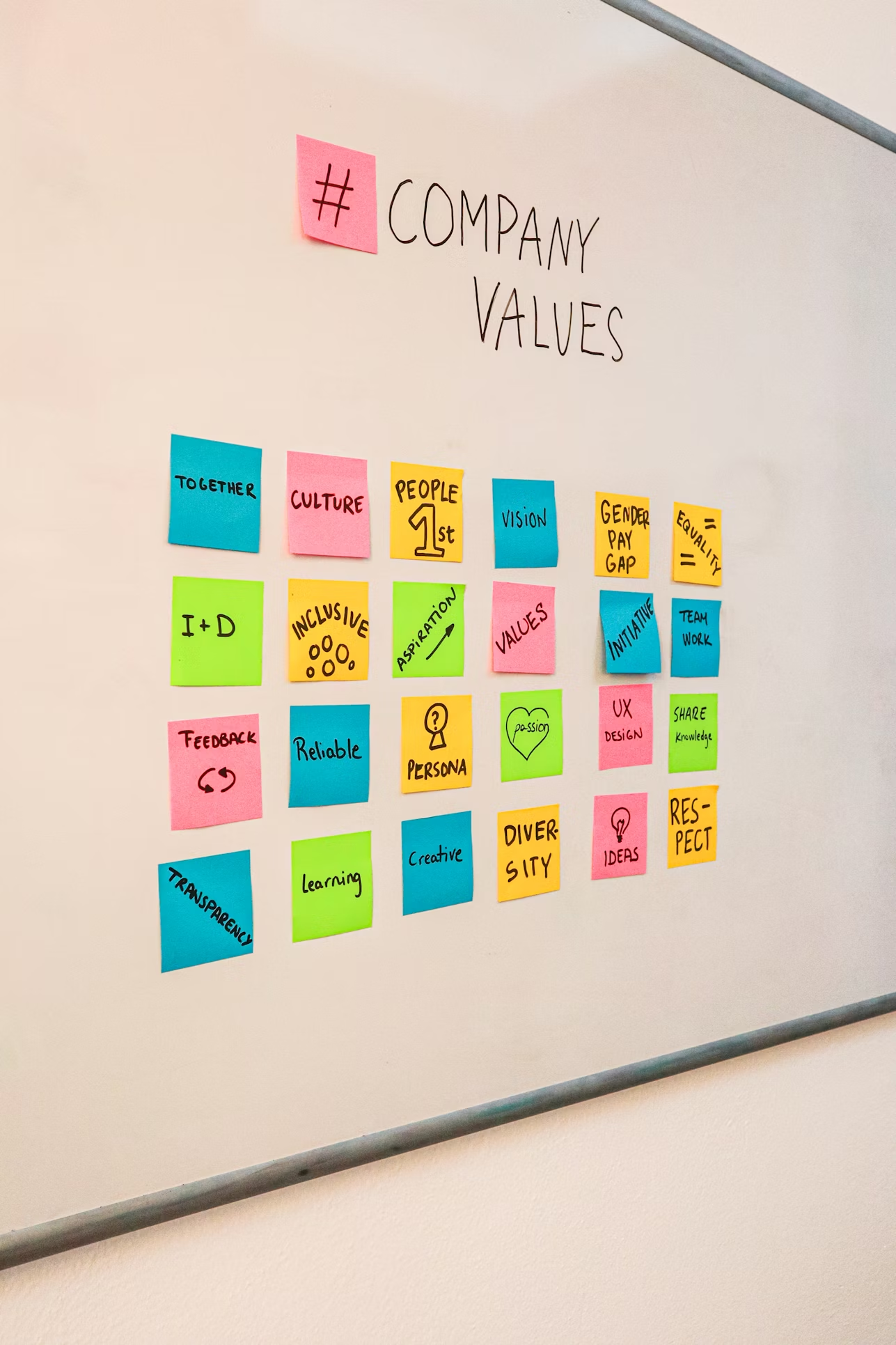
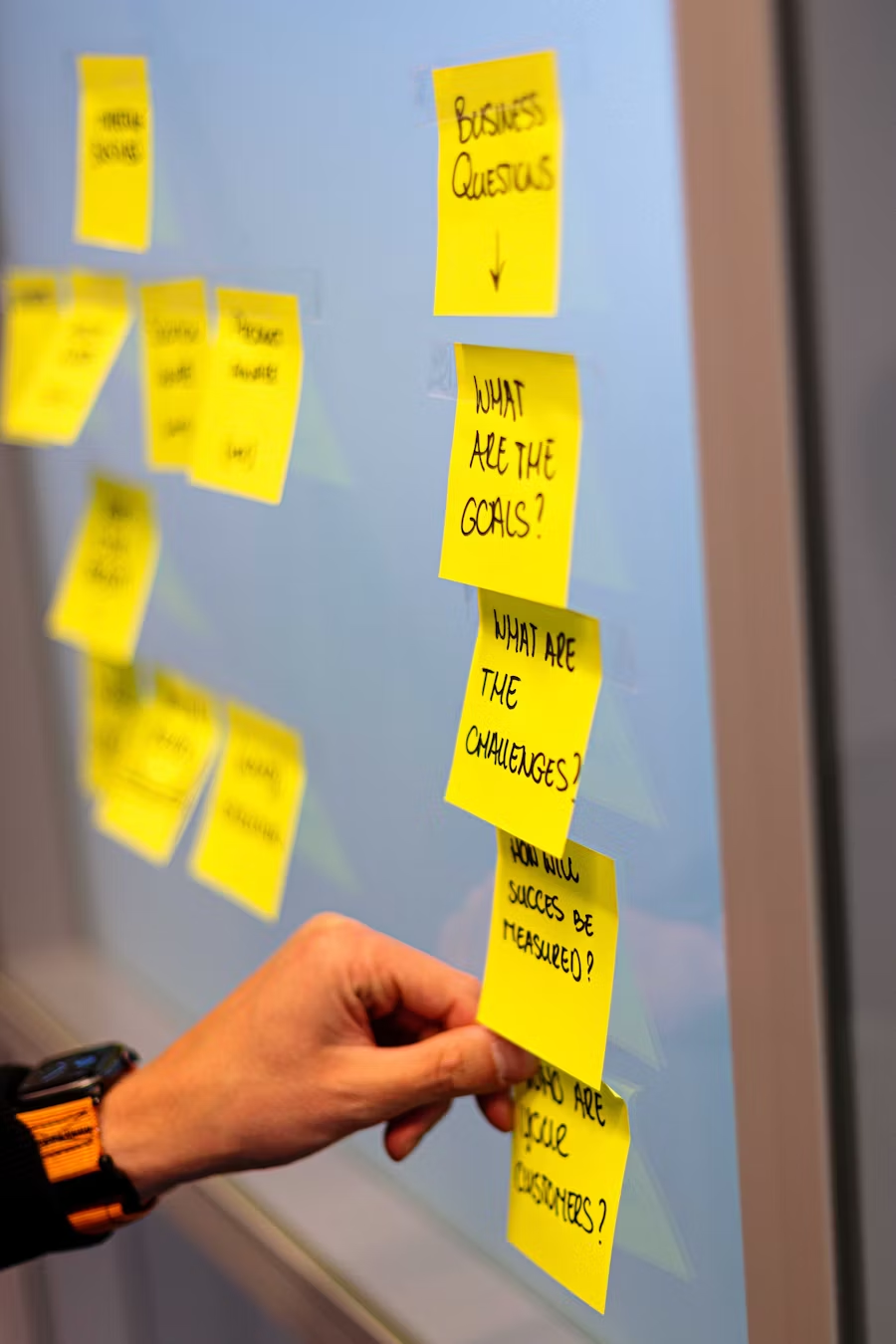
This framework is not about "spinning" or "marketing." It's a rigorous process for finding the truth at the heart of your work and building a world around it.
When you have a clear Unconventional Truth, a defined Enemy, a consistent Character, a powerful Core Narrative, and a cohesive Content Ecosystem, something magical happens. Your brand transforms from a simple business into a belief system.
Your audience doesn't just buy your products; they buy into your worldview. They become not just customers, but advocates. And that is the most powerful, defensible, and valuable position a brand can ever own. This is the work. This is how you build a story that lasts.
'Building a Brand from Zero at Moonbeam.'
See what our satisfied clients say about working with us.
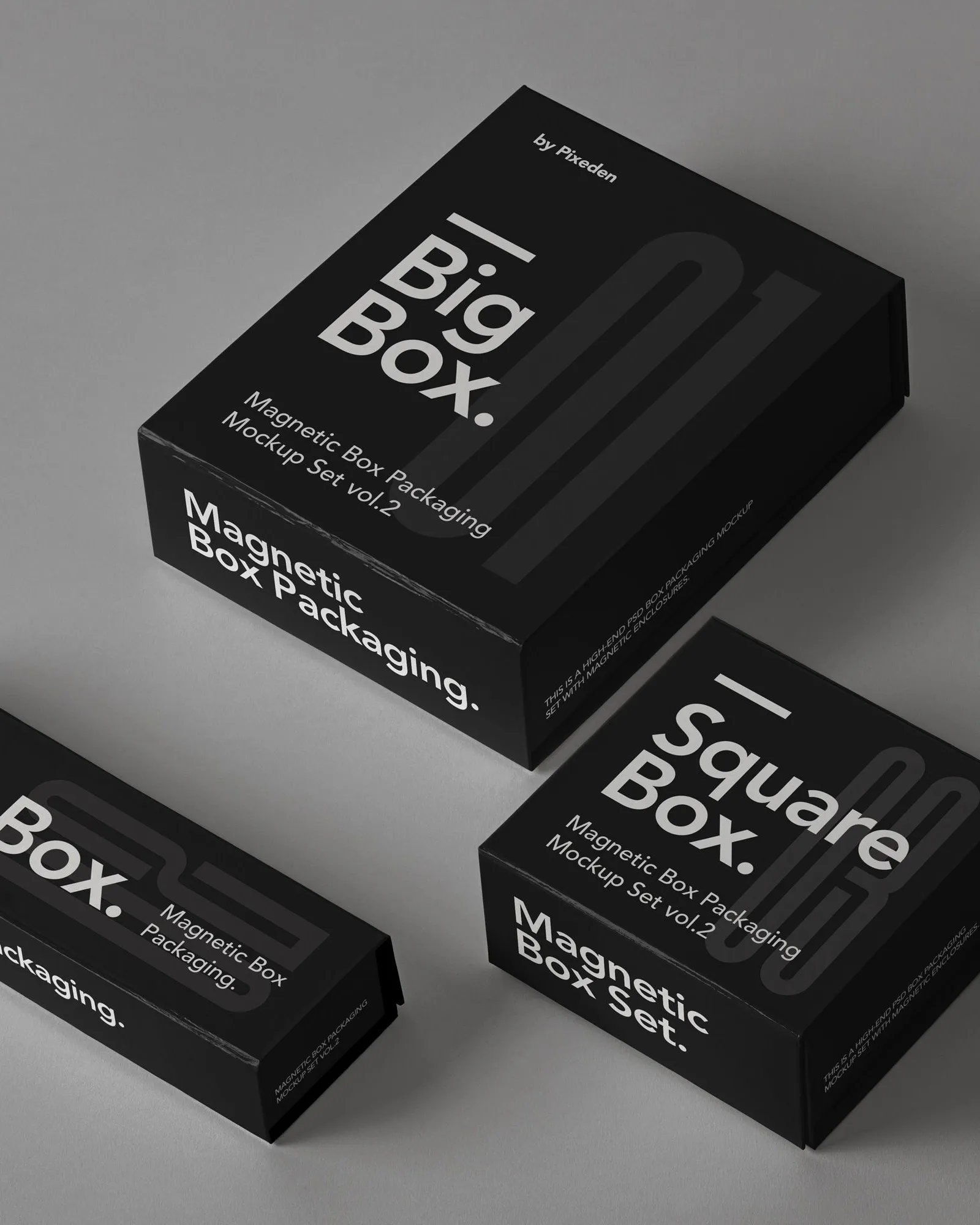
Our proven process ensures successful outcomes and client satisfaction every time.
